How to Use SWOT Analysis Effectively in Supplier Negotiations
Leveraging SWOT analysis in supplier negotiations empowers procurement professionals to clearly assess internal strengths and weaknesses, and external opportunities and threats. It enables informed decision-making, maximizes negotiation outcomes, and strategically manages supplier relationships. This comprehensive guide provides specific examples and actionable strategies, ensuring effective and successful supplier negotiations.
Step-by-Step Guide for Using SWOT Analysis in Supplier Negotiations
1. Clearly Define Negotiation Scope and Objectives
- Objective: Clearly articulate the goal of the negotiation, such as cost reduction, improved service levels, enhanced product quality, or better delivery terms. Ensure objectives align with organisational goals and are realistic and measurable.
- Parties Involved: Identify key stakeholders from both organisations, including decision-makers, influencers, and end-users. Understand their individual and collective interests and motivations.
- Issues: Define critical negotiation points such as price, delivery timelines, quality standards, after-sales service, warranty, and risk-sharing mechanisms.
- Timeline: Recognise constraints like deadlines or urgency and clearly communicate these to all stakeholders to maintain alignment and avoid unnecessary pressure.
2. Conducting the SWOT Analysis
Strengths (Internal advantages)
Identify internal strengths your procurement team holds, such as:
- Strong negotiation experience and skill sets.
- Robust relationships and partnerships with existing suppliers.
- Excellent market knowledge and industry insights.
- Strong financial stability and buying power.
- Well-defined and credible Best Alternative to a Negotiated Agreement (BATNA).
- Proven supplier management processes and strong internal collaboration across departments.
- Advanced procurement technology enabling data-driven decision-making.
Example:
Your team has a proven track record of securing substantial volume discounts due to historically large purchase orders and long-standing supplier partnerships.
Actionable Insights:
- Clearly communicate your strengths during negotiations to emphasise mutual benefits.
- Provide documentation and examples of past successes to substantiate claims.
- Use market knowledge strategically to challenge supplier pricing or terms.
- Demonstrate your financial stability to encourage suppliers to offer better terms.
Weaknesses (Internal limitations)
Highlight internal weaknesses that could negatively impact negotiations, including:
- Limited procurement expertise in specific commodities.
- Restricted budget constraints.
- Outdated procurement systems and technology.
- Poor internal alignment or conflicting departmental goals.
- Time constraints or tight deadlines.
- Dependence on a single or limited number of suppliers.
- Insufficient or ineffective communication internally and externally.
Example:
Limited expertise in negotiating complex technology contracts or software licenses, potentially leading to unfavourable contract terms.
Actionable Insights:
- Address expertise gaps by bringing in external consultants or subject-matter experts.
- Seek training opportunities or professional certifications to improve team skills.
- Clearly define budget limitations upfront and negotiate creatively within constraints.
- Upgrade procurement technology and processes incrementally to enhance capability.
- Improve internal communications through regular stakeholder meetings to align goals.
Opportunities (External advantages)
Recognise external market or environmental opportunities:
- Regulatory changes beneficial to procurement.
- Market trends such as declining prices or increased competition among suppliers.
- New innovative technologies that offer efficiency improvements.
- Competitor suppliers seeking market entry (thus creating leverage).
- Emerging markets or regions offering competitive sourcing options.
- Supplier mergers or acquisitions that create potential cost synergies.
Example:
A new supplier entering the market eager to establish itself, offering lower initial prices, flexible contract terms, or additional value-added services.
Actionable Insights:
- Continuously monitor market trends and regulatory changes to rapidly leverage new opportunities.
- Build relationships with new market entrants early to secure favorable long-term agreements.
- Incorporate innovation clauses in contracts, allowing your organization access to new technologies.
- Negotiate flexible and adaptive contracts that can respond quickly to market changes.
- Leverage supplier mergers to renegotiate improved terms based on increased supplier scale and capabilities.
Threats (External risks)
Identify external threats and potential risks outside your control:
- Supplier monopoly or limited market competition.
- Economic downturns impacting prices and availability.
- Regulatory shifts imposing new costs or constraints.
- Supplier reliability or quality risks.
- Geopolitical instability affecting supply chains.
- Natural disasters and environmental risks disrupting supply.
- Cybersecurity threats affecting supplier reliability.
Example:
Key supplier experiencing financial instability, posing a risk of supply disruptions or increased prices.
Actionable Insights:
- Develop detailed contingency plans and secondary supplier options to ensure continuity.
- Negotiate protective clauses such as performance guarantees, penalties for delays, and quality assurances.
- Diversify your supplier base to minimise single-source dependency.
- Regularly monitor supplier financial health and market conditions to proactively mitigate risks.
- Establish collaborative relationships with suppliers to openly address potential issues early.
3. Procurement Tools for Comprehensive SWOT Analysis
Employ specific procurement tools to gather insightful data:
- Kraljic Matrix: Categorise suppliers based on supply risk and profit impact.
- Spend Analysis: Understand spending patterns to identify buying power.
- Supplier Performance Scorecards: Evaluate historical supplier performance.
- Risk Management Frameworks: Identify and assess potential supply chain risks.
- Benchmarking Tools: Compare current supplier prices and terms against industry standards.
- Market Intelligence Reports: Track industry trends, competitor analysis, and supplier financial health.
- Supplier Relationship Management (SRM) Systems: Maintain comprehensive records of supplier interactions and performance metrics.
4. Actionable Negotiation Strategies
Leveraging Strengths
- Communicate your strengths transparently during negotiations to clearly demonstrate value.
- Utilise case studies or performance metrics from past negotiations to illustrate potential outcomes.
- Maximise the use of procurement analytics to support your negotiation stance.
Minimising Weaknesses
- Actively address weaknesses by developing short-term corrective actions and long-term improvement plans.
- Bring specialists or consultants into negotiations to bolster weak areas.
- Invest in training and resources tailored to identified weaknesses.
Exploiting Opportunities
- Maintain regular market scans and intelligence to spot opportunities early.
- Adjust negotiation tactics dynamically to exploit rapidly changing external conditions.
- Foster supplier relationships that encourage innovative collaboration.
Mitigating Threats
- Develop clear risk mitigation plans and communicate these plans internally and externally.
- Include comprehensive protective measures in contracts.
- Regularly review and update contingency plans based on evolving market conditions.
5. Communicating and Revising SWOT Analysis
- Share SWOT insights openly with stakeholders for consistent internal alignment.
- Continuously review and update SWOT analyses based on market feedback and negotiation outcomes.
- Establish feedback loops to incorporate lessons learned into ongoing negotiation strategies.
Conclusion
SWOT analysis is a dynamic, practical, and essential tool in supplier negotiations. When thoroughly applied with detailed procurement intelligence, it enables procurement teams to strategically manage risks, leverage opportunities, and enhance negotiation outcomes. By systematically building on strengths, addressing weaknesses, exploiting external opportunities, and preparing against threats, organizations can secure superior supplier agreements and sustain competitive advantages.
Recent Posts
How to Use the Decoy Effect in Procurement Negotiation
In procurement, smart framing beats force. This article breaks down how to use the Decoy Effect—a behavioural science tactic—to guide suppliers toward your...
How to Negotiate in India: A Strategic Guide for Business Success
India is a land of immense opportunity—and complexity. To succeed in business negotiations here, foreign professionals must understand the nuances of hierarchy, relationship-building,...
The Contrast Principle in Procurement Negotiation
In high-stakes procurement, perception is leverage. This article explores how elite buyers use the contrast principle to frame negotiations, control supplier expectations, and...


